?By Alakananda Nag
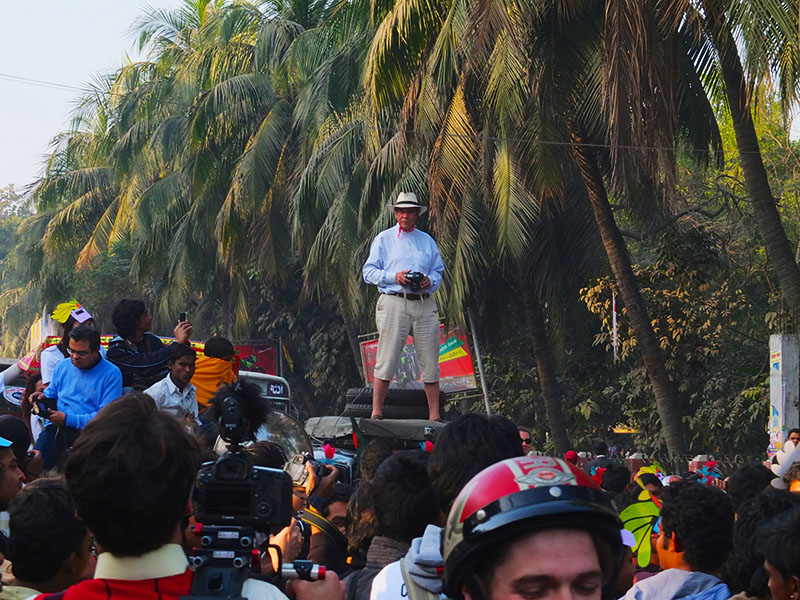
Chobi Mela, a biennale photography festival held in Dhaka, Bangladesh just completed its 7th edition in January 2013. Chobi Mela (literally, photo fair), started in 1999, is Asia?s largest photo festival. This year the theme was Fragility. Chobi Mela has earned its name as an egalitarian platform for any photographer. And one is surprised by the true diversity. Bangladeshi photographer and festival director, Shahidul Alam (also the founder of Drik agency and Bangladeshi photography school Pathshala) points out that major festivals are located in the west, driven by western concerns. It is very difficult for someone from outside to get in. Here, it is possible to see the work of a student alongside that of Eugene Richards (Eugene Richard?s War is Personal was showing at the festival).
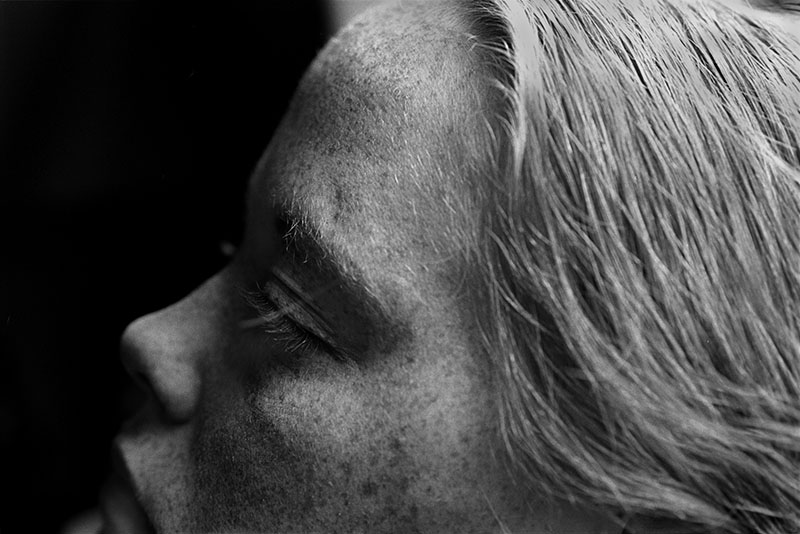
Dhaka was abuzz with the activities that were held in multiple venues spanning 2 weeks. It was packed from morning till evening with lectures, discussions, exhibition openings, and presentations. This year there was participation from 23 countries. One would be juggling between looking at the works of young photographers like Mahdieh Merhabibi, Leandro Viana de Paula, Maika Elan in the morning and roll over to the works of icons like Mexican photographer Garciela Iturbide, Australian photographer Max Pam in the evening; stride discussions with passionate Bangladeshi photographers, with photo editors from major publications the world over.
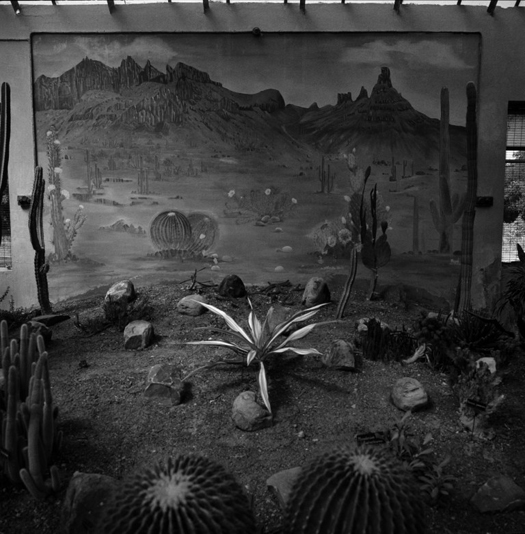
Patrick Witty, International Photo Editor, Time, was excited by the range of photographers. ?There are Kurdish students here, there are Iranians here, Nii (a photographer from Ghana), I?ve never even met Nii. Would I meet Nii in Perpignon? No. Would I meet him here? Yes! That?s what?s cool about Chobi Mela.? One of the main reasons Witty went to Chobi Mela is because he wanted to meet a new set of professionals from the photography world. He continues to say this about Bangladeshi photographers: ?I knew they are really good photographers, but the level of work is really strong?it?s a small country to have such a strong tradition of photography.? ? Munem Wasif, Bangladeshi photographer and teacher at photography school Paatshala says ?Chobi Mela is an interesting platform where the whole world comes to this part of the world. I photograph in Bangladesh, but I also show my work to a global audience. In that sense Chobi Mela & I have grown together.? ? Veneta Bulen, Group photo Editor, The Guardian stresses this by saying that Chobi Mela brings together the amazing works of unsung photographers who would otherwise not have the opportunity.
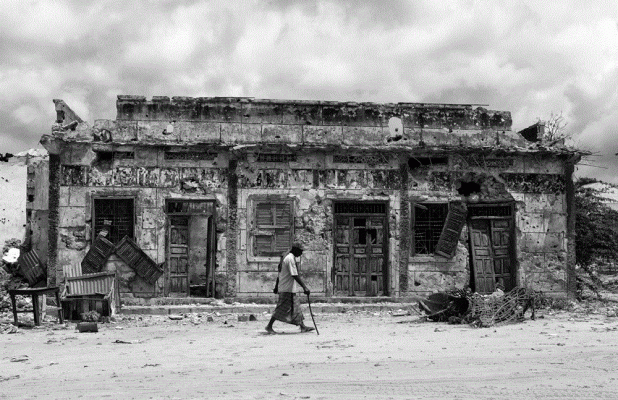
Iranian photographer Mahdieh Merhabibi was an actress in her home country. But she got tired of being directed and decided to draw her own path. That?s when she took up photography after dealing with resistance from her family. She decided to leave Iran and traverse a broader geography to find out why and how people live with war. ? Nayantara Gurung a Nepalese photographer started the National Photo Archive ? an unique repository of Nepalese history through photographs. Gurung presented a slideshow of the inexhaustible work she and her team are doing in Nepal. ?It stated as a DIY process? she says.? As a photographer she was always drawn to family photographs, and perhaps that is where a subconscious interest started. Gurung started going to Chobi Mela in 2009. It is an added advantage that it is so close to home and the chance to meet the best industry professionals from the world over as well as from the region. ?In 2009 we met people from the Arab Image foundation, and their work really inspired us.?
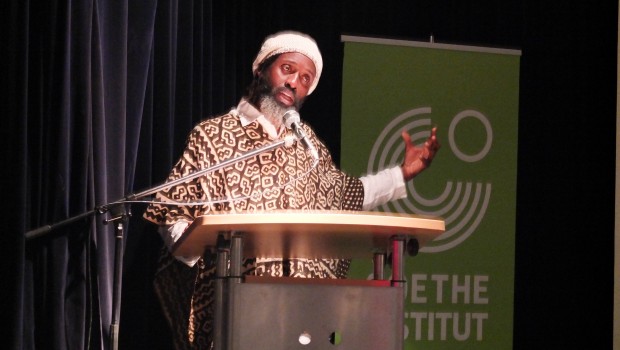
?My mind is opening wider because I just understand the level of ignorance we have in terms of communication with each other. Maybe that?s what photography is allowing us to do; bridge these differences and to be able to see the common space between us. To see that really we are all in the same planet.? Said Ghanaian photographer Nii Obodai. Nii has also been working to take African photography to the world (he curated a slideshow with works of photographers from West Africa) says he draws his inspiration from Alam. ?I?m happy? he says, ?my world is becoming broader.? ? And the world was becoming broader at Chobi Mela with its diversity. Whether its Hai Zhang, a Chinese photographer based in New York who was seeking inspiration from the range of work showing at the festival or Kurdish photographer Ari Jalal, who was there to just see and learn since such opportunities are still rare back in his country. It was a reflection of the truly global world we live in. ? South African photographer Jodi Bieber was conducting a workshop, and gave a telling presentation of her phenomenal work. Iturbide was dividing her time between attending lectures, her own show opening, and merging in the fabric of Bangladesh taking photographs. The philosophy of Chobi Mela for Iturbide has been significant. She feels Alam is vital to the photography world because he made Chobi Mela from nothing.
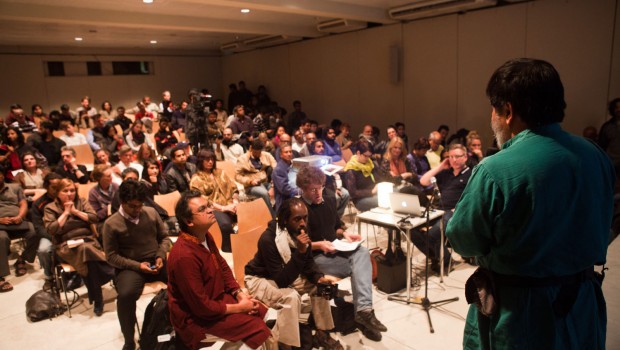
?I?m not married to photography,? says Shahidul Alam. But is instead married to what he can do with photography. With the vibrant Chobi Mela VII Alam has more than proven that one can do so much with photography.





Leave a Reply
You must be logged in to post a comment.